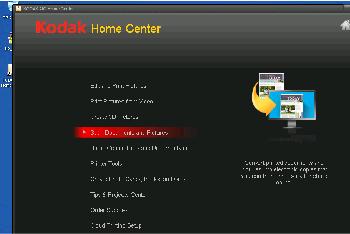

1 showed statistically significant differences, except at a horizontal angle of 0°, thus indicating lower efficiency in the diagnosis of secondary caries. The results showed that in the diagnosis of secondary caries, there was no statistically significant difference between the 2 pseudocolor filters, and negative and direct digital radiography.

Later teeth were radiographed with a digital sensor complementary metal-oxide-semiconductor (CMOS) varying the horizontal angle at intervals of 2°, covering a range of -10 to +10°. The orifices were filled with wax and all teeth were restored with composite resin Filtek Z350 XT(®). The sample consisted of 20 healthy premolars, in which secondary caries lesions were simulated by means of subjecting the pulpal wall of the cavity to wear with spherical carbide drill half, fitted to a high speed handpiece, under constant cooling, focused perpendicular to the tooth surface. To evaluate diagnostic accuracy of secondary caries in pulpal walls artificially created in extracted human premolars, observed in digital bitewing radiographs using variations in horizontal X-ray beam angle of incidence and application of enhancement filters. The interproximal or bite wing radiograph is the technique of choice to assist diagnosis of secondary caries. Secondary or recurrent caries are located around restoration margins or under these lesions, and can lead to tooth loss. Larger drills showed the highest sensitivity and specificity values of the area under the ROC curve. The negative filter obtained the worst results. The best method of diagnosis was by using a DSR. The highest values were found for 1-mm drills and the lowest for 0.25-mm drills, with negative filter having the lowest values of all (Az = 0.631).

Sensitivity and specificity of the area under the receiver operator characteristic (ROC) curve (Az) were higher for DSR images with all three drills (Az = 0.896, 0.979, and 1.000 for drills 0.25, 0.5, and 1 mm, respectively). Images (n = 360) were evaluated by three raters, all experts in dental radiology. Filtered images were obtained with Kodak Dental Imaging 6.1 software. A posteriori DSR registrations were done with Regeemy 0.2.43 and subtraction with Image Tool 3.0. Kodak RVG 6100 sensor was used to capture the images. The teeth were arranged in pairs in 10 blocks of vinyl polysiloxane, and proximal defects were performed with drills of 0.25, 0.5, and 1 mm diameter. TO COMPARE THE DIAGNOSTIC ACCURACY OF THREE DIFFERENT IMAGING SYSTEMS: Direct digital radiography system (DDR-CMOS), four types of filtered images, and a priori and a posteriori registration of digital subtraction radiography (DSR) in the diagnosis of proximal defects.


 0 kommentar(er)
0 kommentar(er)
